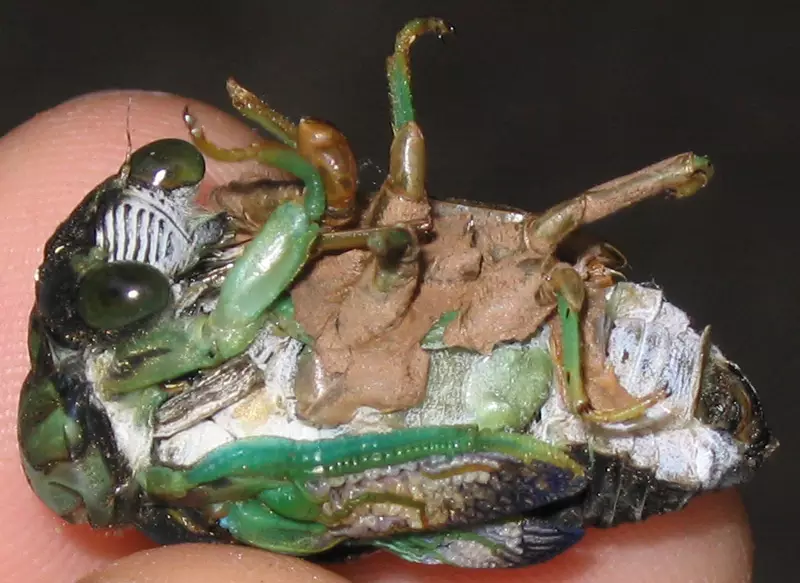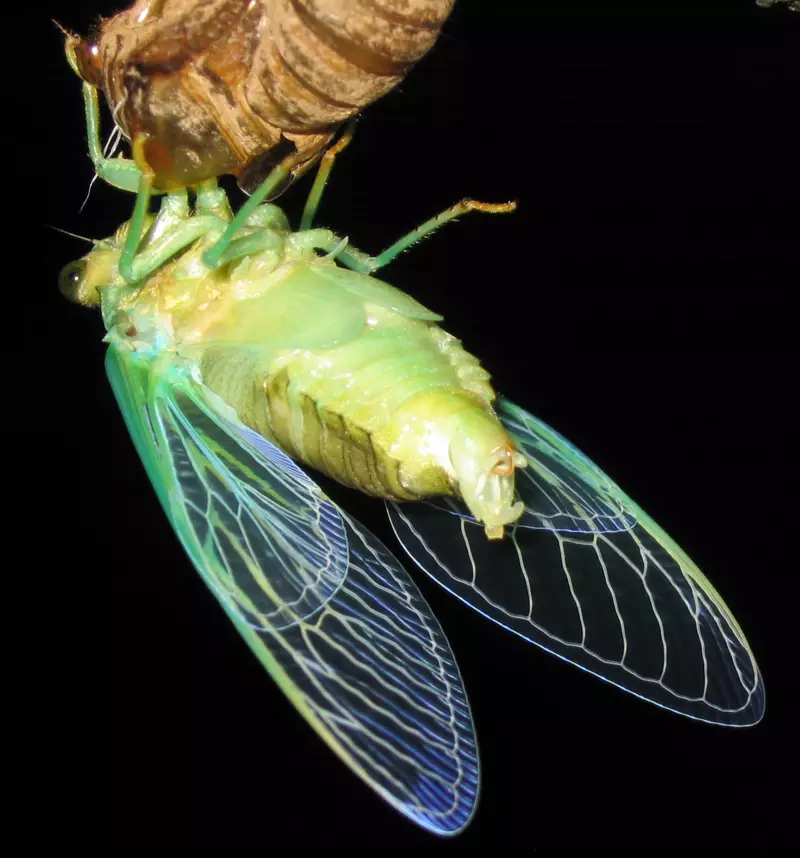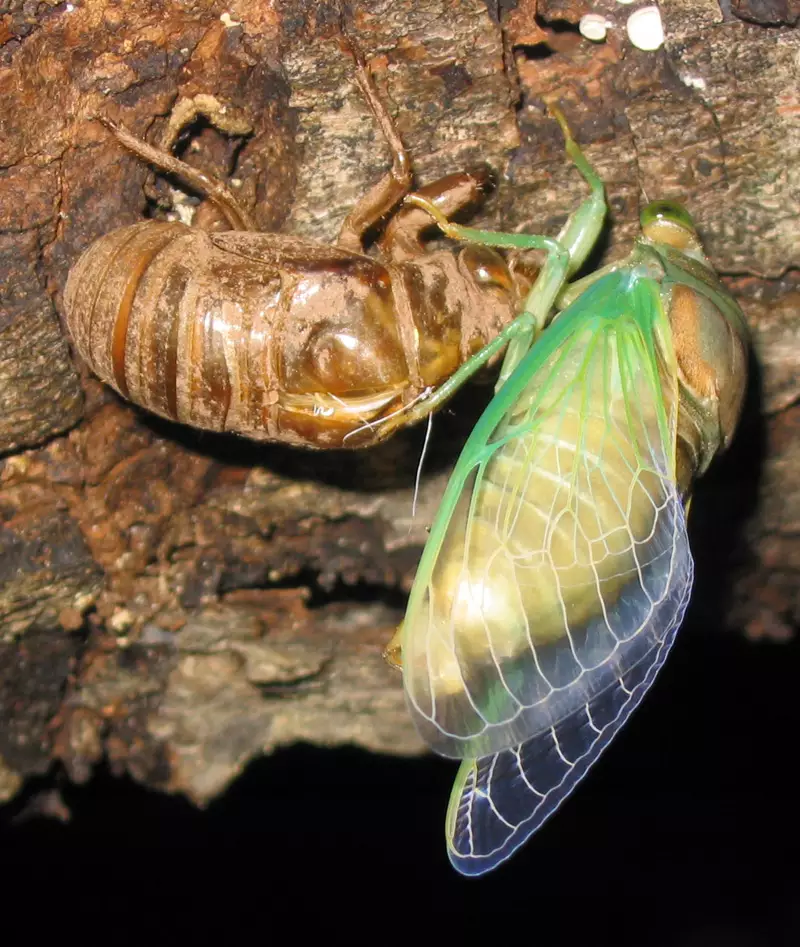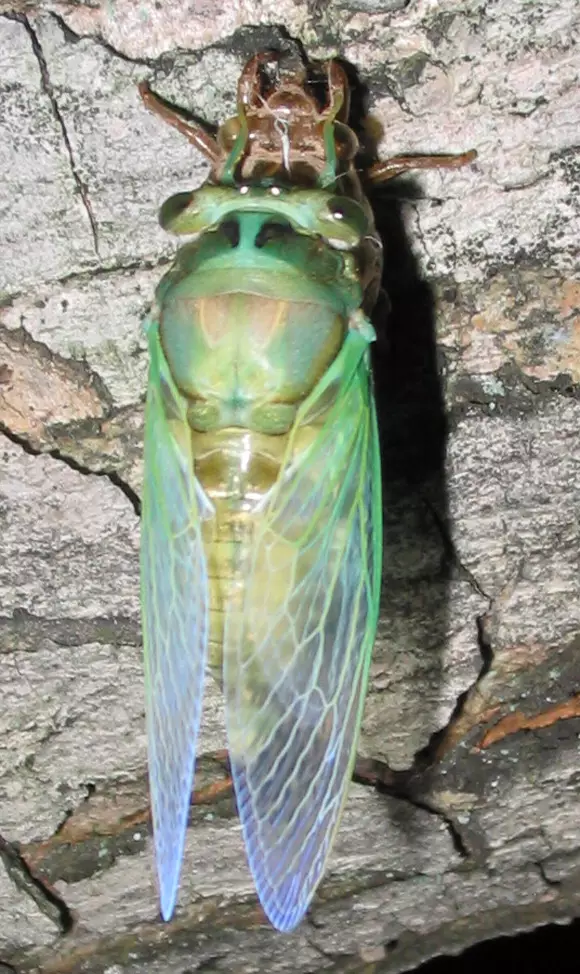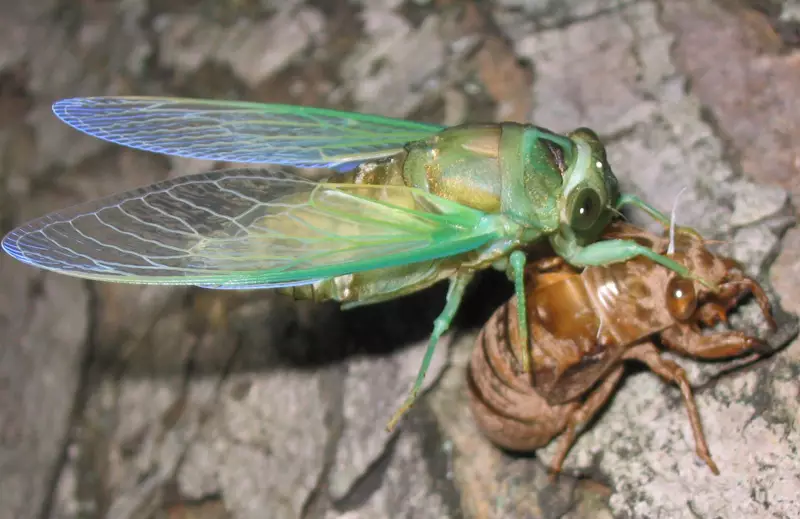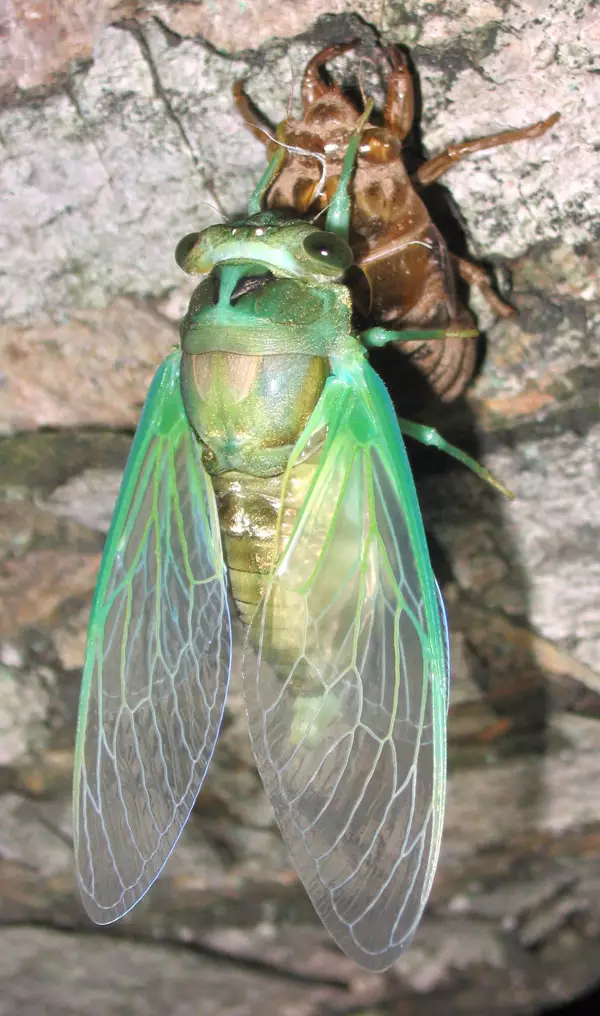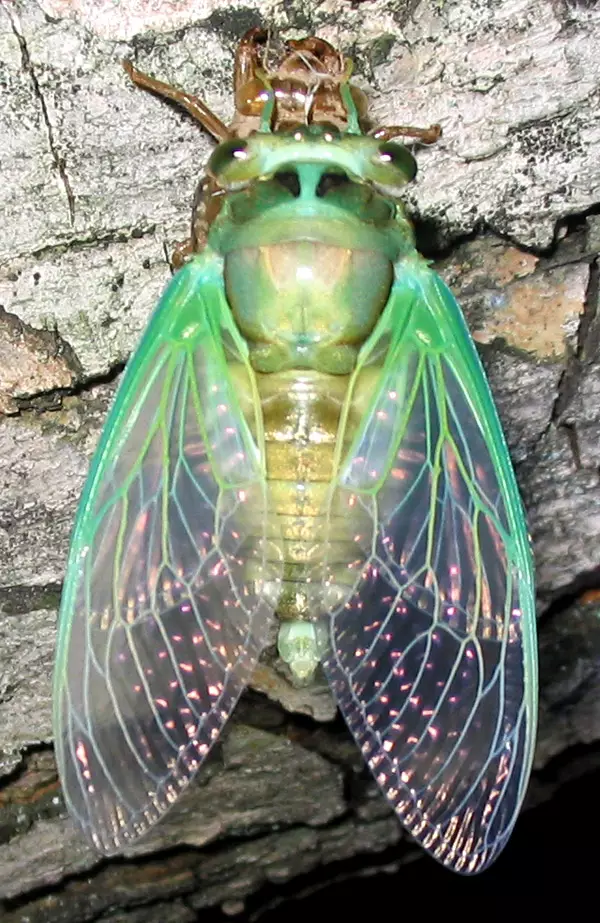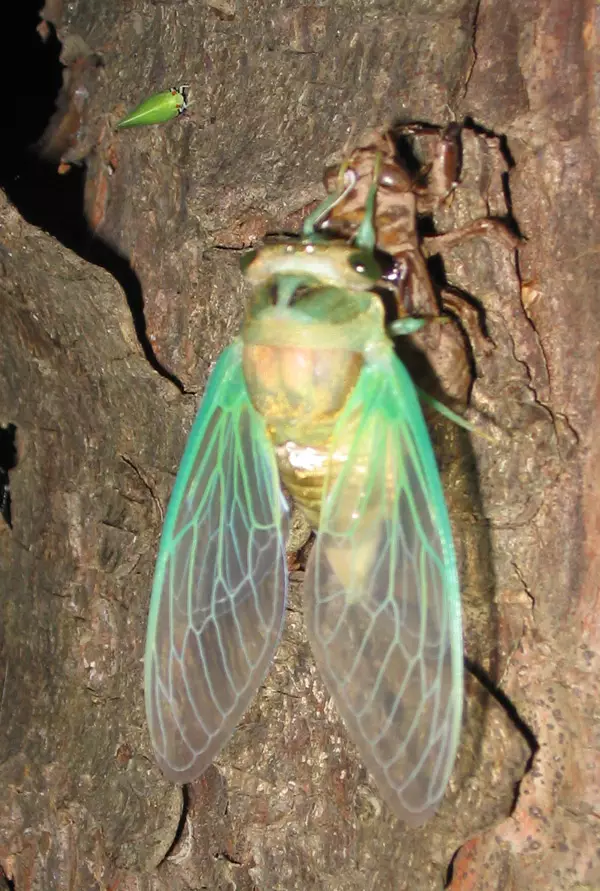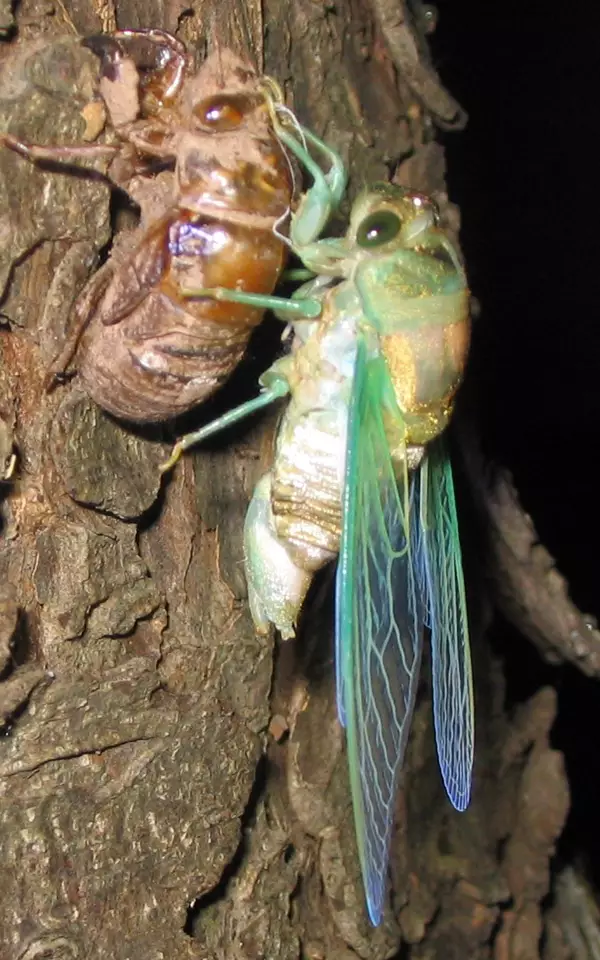
Chris Simon a Professor, Ecology & Evolutionary Biology from the University of Connecticut asked us to post this on our site, and so we did.
Dear Cicadamaniacs,
If you have seen unusually large numbers of cicadas this year (or
last),and have not seen such numbers for a long time, can you please
report them to me? Chris dot Simon at UCONN dot edu? Please report
the location in which you saw the cicada, what month and year, how
long it has been since you have seen a similar emergence magnitude.
This seems to be an unusually good cicada year, maybe related to
unusually wet or otherwise favorable weather:
Dan Johnson from Southern Alberta, Canada reported an outbreak of
Okanagana synodica this year. He says: “I saw only a few between
1983 and 1985, then a few per year in 1986-88, then rare again, then
slightly more in 2000-2003, and only last year did they bloom, and
really with a bang (more than 1000X). My study area is southern
Alberta and Saskatchewan, mainly mixed grass sites in Alberta, plus
fescue foothills.” He had not seen an emergence like this in the 20
years he had worked there.
John Cooley reports Okanagana rimosa and canadensis as being very
dense this year in Northern Michigan and Dan Vanderpool reported that
an unidentified species of cicada was out in Northern Idaho that
residents noted they had never heard before (at least not in big
numbers) and one respondent had lived there for 30 years.
This record was from last year: Eric Toolson of New Mexico writes-
Last year, there was a widespread & heavy emergence of Tibicen
townsendii across a rather large area of central New Mexico
grassland. Prior to that, I knew of only one population in an area
of several hundred square miles, and that occupied an area of only
about 2 hectares. That population has been emerging in good numbers
for over a decade [in this location], but I never saw the species
anywhere else within a distance of several tens of miles in any
direction. I had formed the impression that although T. townsendii
was geographically widespread, its range was occupied by a relatively
few, widely-scattered, discrete populations that were failing to
occupy what seems to be a lot of contiguous suitable habitat.
Cicadas are known for their boom and bust years. It would be nice to
start keeping track of them.
Thanks very much,
Chris


